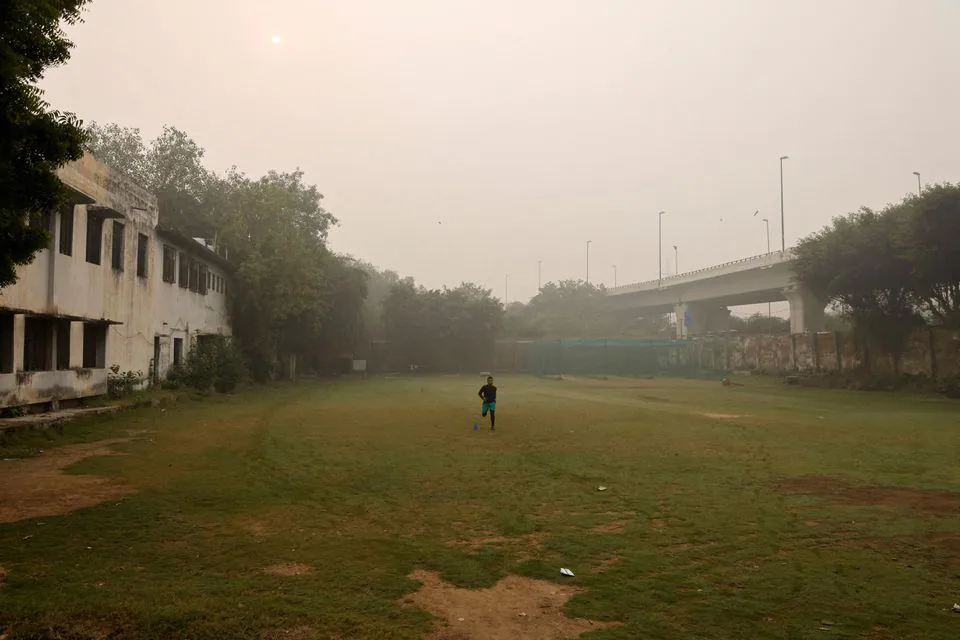By Charalampos Karouzos,
2007 was the year when the world financial crisis started to unfold, 2007 was the year of the first iPhone lunch, 2007 was the year when the Live Earth concerts took place to raise awareness about the climate crisis, but also 2007 according to the UN was a turning point for humanity as for the first time in human history, more than 50% of the world population were living in cities. This significant population shift, from rural areas to urban areas, and the development of new mega-cities worldwide was far from unexpected as it perfectly aligned with the world trends, as industrialization and globalization especially the rapid phase of the 21st century, have as a direct consequence urbanization. Moving to larger cities translates to an accumulation of talent and opportunity for ambitious individuals, a cornerstone of the development and financial upscaling of the world, as seen in the last decades. However, the prosperity and flourishment of urban centers were, and still are, faced with a plethora of challenges regarding housing, infrastructure, transportation, etc. However, it wasn’t until recent years, that shifting the focus to mental health, uncovered the connection between urbanization and mental health disorders.
Industrialization and globalization, the foundation of urbanization cannot be examined as static processes, remaining stable and unaffected throughout time, and their consequences are yet to be fully observed, however, a clear link between urbanization and the occurrence of mental health disorders has been presented by numerous studies. Indeed, recent data confirm that urban city life is a risk factor for mental disorders, beyond genetic vulnerability. Simply, living in a city carries a greater risk for your mental health, providing more evidence to validate the Socio-environmental hypothesis of mental illness, initially proposed for schizophrenia, may be extended to all major disorders. Indeed, the risk of psychosis among younger individuals 16-24 years old, although primarily determined by genetic factors, was shown to be greater in larger cities where substance use disorder (SUD), a major contributing factor to psychosis, is more prevalent. The presence of more social opportunities (bars, discos, night clubs) to consume alcohol and other psychoactive substances was higher compared to rural areas according to a recent Italian research group study. Further, the global increase in suicide rates, majorly involving cities, is an issue of concern that has forced city designers to make structural changes (protecting buildings, bridges, railways, and subway, etc.) and employ physical barriers aiming at reducing the rates.
Examining the causative factors of the urban lifestyle on mental health primarily demands conducting a thorough evaluation of the environmental changes that have occurred in the cities of the 21st century. The natural habitat of humans is far from the overcrowded, overconstructed, gray, and overstimulating centers of today. The rapid urbanization witnessed in contemporary societies has shifted away from the natural human habitat and as a result, giving rise to a myriad of challenges, notably in the realms of air and noise pollution. The deleterious consequences of heightened pollution levels on the health of urban inhabitants cannot be overstated with numerous studies underscoring the primarily the connection to physical health problems, but also including an increased risk of psychological disorders, such as anxiety and depression. Recently, primary schools in New Delhi, India, were compelled to close once again for several days due to the air quality index reaching hazardous levels—an issue that unquestionably poses a threat to the well-being of young children, disrupting their access to education. Additionally, noise pollution, a ubiquitous urban stressor, has been linked to heightened stress levels and impaired cognitive function.
Urban design, although we rarely consider it, is always surrounding us, ranging from large-scale architecture to even everyday objects, a field that flourished simultaneously with the population shift to the cities, being directly interconnected to one another. The complex tapestry of large population centers remains viable as a result of professional city-planning, a necessity that exerts a profound influence on mental health, as such choices affect our everyday lives. However, among the cornerstones of urban design is the need to utilize the limited available space accommodating people, services, cars, transport and thus limiting the natural need for a wellness-oriented layout, accessibility to green-blue spaces, and aesthetics fostering mental health resilience. 
A man exercises on a playground of the school after primary classes were ordered shut by the Delhi government for Friday and Saturday as the air pollution increased and the air quality index (AQI) plummeted, on a smoggy morning in India. Image source: REUTERS/Anushree Fadnavis
Thoughtfully planned urban spaces with greenery, pedestrian-friendly zones, and recreational areas contribute to a sense of community and connectedness, promoting physical activity and social interactions, alleviating stress, and enhancing overall mental well-being. In essence, urban design emerges as a powerful determinant in shaping the mental health landscape of city dwellers, with thoughtful and aesthetically pleasing planning offering a pathway to creating environments that promote psychological well-being and resilience. The Center for Urban Design and Mental Health points out that urban design may promote good mental health if the GAPS framework: green, active, pro-social, and safe places, is followed, a simple-to-understand concept that big cities struggle with.
Furthermore, although urban environments have a significantly larger employment of public health resources compared to rural places, that provide much higher quality of health services, the integration between primary care and mental health services is still to be potentiated. Currently, the world is in a phase of change as the increased number of conversations around the realms of mental health is driving forward the implementation of specific training programs detecting early psychiatric conditions in primary care.
Certainly, the work culture established in cities after the booming of the industrialization of modern industries was an important contributing factor to the development of nations and the flourishment of the individual’s capital, however many skeptics argue that it was balanced out on the mental health of the people. Stress, a major characteristic of city lifestyle and a major complaint of the citizens is a multifactorial problem arising from time pressure, unhealthy lifestyles, convenient diet, pollution, vehicle traffic, violence and crime, job insecurity, little social support, difficulty in social connections, high distances to be covered, work-home imbalance, and so on. All these issues along with the acceptance and maybe the promotion of a workaholic lifestyle, have yielded the creation of a “burned-out generation”, that by being productive and focused on work aims to fulfill their inner human needs, a vicious circle that eventually catabolizes the mental health of the person directly leading to physical or psychiatric disorders.
“We don’t give a f*ck about you”, was the answer of many individuals when they were asked by time-out magazine to give a stereotype of NYC; an answer behind which hides the contemporary form of socialization in urban environments, where isolation and loneliness are spread in an otherwise overcrowded environment. Traditionally, social isolation was perceived as a challenge stemming from the limited opportunities to establish physical connections among individuals residing in rural environments, where transportation options were scarce. Nowadays, as most of us live in large centers, distance is not the major issue establishing social connections, but the chaotic city lifestyle, prevents people from spending the quality time necessary to build new or hold existing relationships strong. Thus, although we are surrounded by others, we limit our interactions to the minimum – practical ones, not allowing the natural human socialization process to take place and thus formulate the necessary environment to cultivate truthful, in-depth connections.
In conclusion, the ongoing global trend of urbanization, with an anticipated 80% of the world’s population residing in megacities by 2060, necessitates a critical examination of its impact on mental health. As elucidated, the intricate interplay of social, economic, and environmental factors underscores the need for concerted efforts from policymakers and urban designers to take initiatives prioritizing mitigating social disparities, unhealthy environments, and stressors while concurrently enhancing social security, green spaces, and reducing pollution and crime. Addressing mental health challenges requires not only the promotion of targeted social services but also the imperative of ensuring widespread accessibility to mental health services at all community levels within urban settings. Despite the absence of globally accepted guidelines, a call for further research emerges, advocating for studies that can guide policymakers and urban designers in crafting comprehensive strategies to proactively prevent and reduce mental health issues associated with the relentless march of urbanization. The urgency of these efforts lies in fostering cities that not only flourish economically but also serve as nurturing environments for the mental well-being of their diverse inhabitants.
References
- Ventriglio A, Torales J, Castaldelli-Maia JM, De Berardis D, Bhugra D (2021). Urbanization and emerging mental health issues. CNS Spectrum.
-
35 stereotypes about NYC that are true. (2018). Time Out New York. Available here
-
Delhi primary schools to close amidst high pollution levels. (2023). Reuters. Available here




